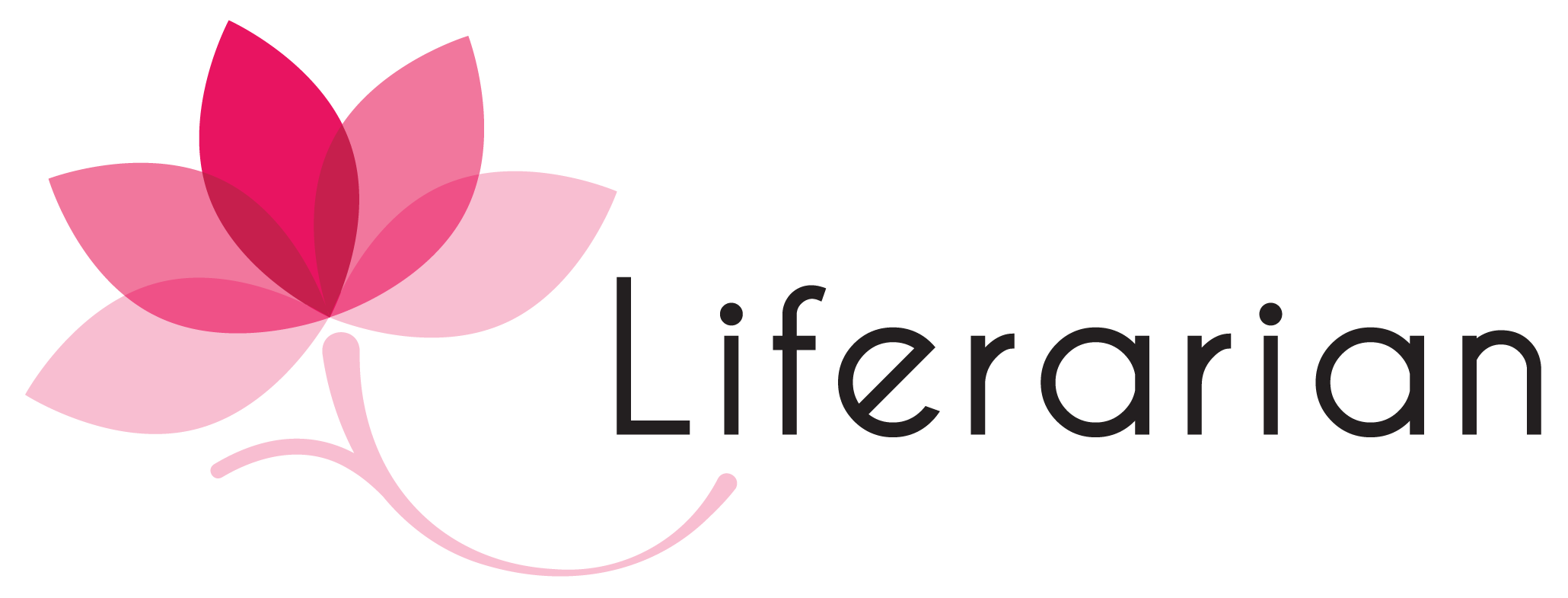Teaching through picture books by Deepti Arora
Picture books allow librarians to discuss the story, pictures, and words. They give young readers confidence and enable them to talk about what they see on the page, what happened in the story, what the characters are doing, and which events have unfolded. I use picture books very regularly and often integrate them with all my units of inquiry. I am very excited to share some of my favourite examples.
The Colors of Us by Karen Katz
For years, the notion of black and white skin has daunted me, and finally, this book caught my attention and proved to be a great help. I used the book The Colors of Us by Karen Katz to help students learn to be confident in their skin colours.
This is an adorable story about a little girl who discovers that people come in many different shades of brown. This story uses descriptive words to describe the various shades of skin colours. This book also teaches children that people come in all different colours.
This book provided great discussions about different shades of our skin.
As a follow-up activity, I asked my kindergarteners (age 4.5-5.5 years) to share their personal photographs, identify and name their skin colours. Students used adjectives to name different shades of brown like peachy & tan, honey brown, chocolate brown, coffee brown, cinnamon brown, golden brown, and reddish-brown to describe their skin tone. Through this engagement, students learned how to express themselves and respect all humans with different skin tones.
A similarly beautiful, thought-provoking book called Brown like Dosas, Samosas, and Sticky Chikki by Rebecca Manari, illustrated by Heetal Dattani Joshi also addresses skin tone and colours in the Indian context and helps builds a positive outlook towards this very common issue.
“Racism is a grown-up disease, and we should stop using our kids to spread it.” – Ruby Bridges.
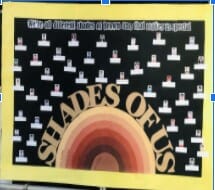
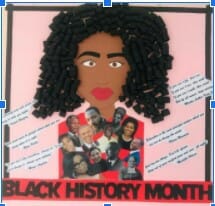
Allan’s Big Scary Teeth
Teachers of Pre-Primary (age group 3-6 years) reached out to us to do an assembly for their children. A total of almost 350 children! We selected a book that would cater to their interest, captivate their attention while adding meaning to the school assembly. We picked up the picture book Allan’s Big Scary Teeth by Jarvis, an alligator known for his dreadful habits throughout the jungle.
We enacted the story modulating our voices, with the main character stammering delighted the young audience. The assembly was a success since the focus was building empathy, respecting each other’s personal space, and ensuring student participation. The vocabulary words learned by the students were razor-sharp, screech, snappers, dozing, and embarrassed.
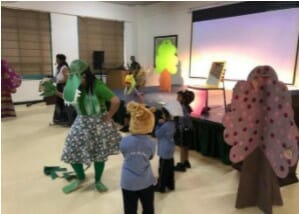
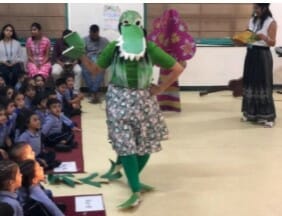
My Friend Robot
My Friend Robot is a book about a diverse group of budding minds and their friend, a Robot working together to build a treehouse. It is designed to ignite interest in STEM and introduces kids to simple machines, social-emotional concepts like empathy and teamwork, and the basics of robotics and programming.
I used this book during the PYP Theme:How the World Works. We started the story with a provocation: If I had guests at my home, and I must make lemonade for them, how would you do it? I asked students to provide suggestions and alternative solutions for this problem. Students suggested lemon squeezers, a simple machine that would simplify the task. After reading and discussions, children identified different simple machines that simplify complex jobs like- scissors, bicycles, jar lids, hammers, and more.
Ammachi’s Amazing Machines written and illustrated by Rajiv Eipe explores this theme brilliantly in a very visually engaging story of an intrepid grandmother.
Youtube link references:
Brown like Dosas, Samosas and Sticky Chikki
Ammachi’s Amazing Machines – available on Storyweaver
Picture Books by Maitrayee Saha
Picture books are a great tool to teach visual literacy. Most of the students like them as these books have bright, colourful illustrations. Many students are exposed to picture books before they start reading. Therefore, they are familiar with using picture books. They look at the pictures and examine them to decode the essence of the story or concept.
Illustrations do magic. I have observed that children love pictures with bright colours. They spend time decoding the images and extract meaning out of them. These books have the power to spark a love for reading and help make children lifelong readers. We use plenty of picture books in primary grades to conduct storytelling sessions in which students enhance their language skills and inspire visual thinking. A picture book can be used in many ways. A combination of picture books and animation can make a storytelling session fantastic. Using a puppet along with a book is another option to make the session fun-filled and interactive.
Picture books can do amazing things; it helps build background knowledge, draw students to another world. Asking open-ended questions during storytelling sessions, making inferences and predictions make thinking readers and develop imagination.
Picture books are unique and beneficial for learning. Picture books are not only for primary grades but applicable for middle school students. Visual literacy enables the students to make meaningful connections and learn concepts.
Great picture books are everywhere. Here are some links to get them:
- Storyweaver
- Karadi Tales
- Tulika Books
- List of booklists from RIF
- The Caldecott Medal
- 100 picture books everyone should know from the New York Public Library
- Favorite picture books from the Eric Carle Museum of Picture Book Art
- List of alphabet books (PDF)
